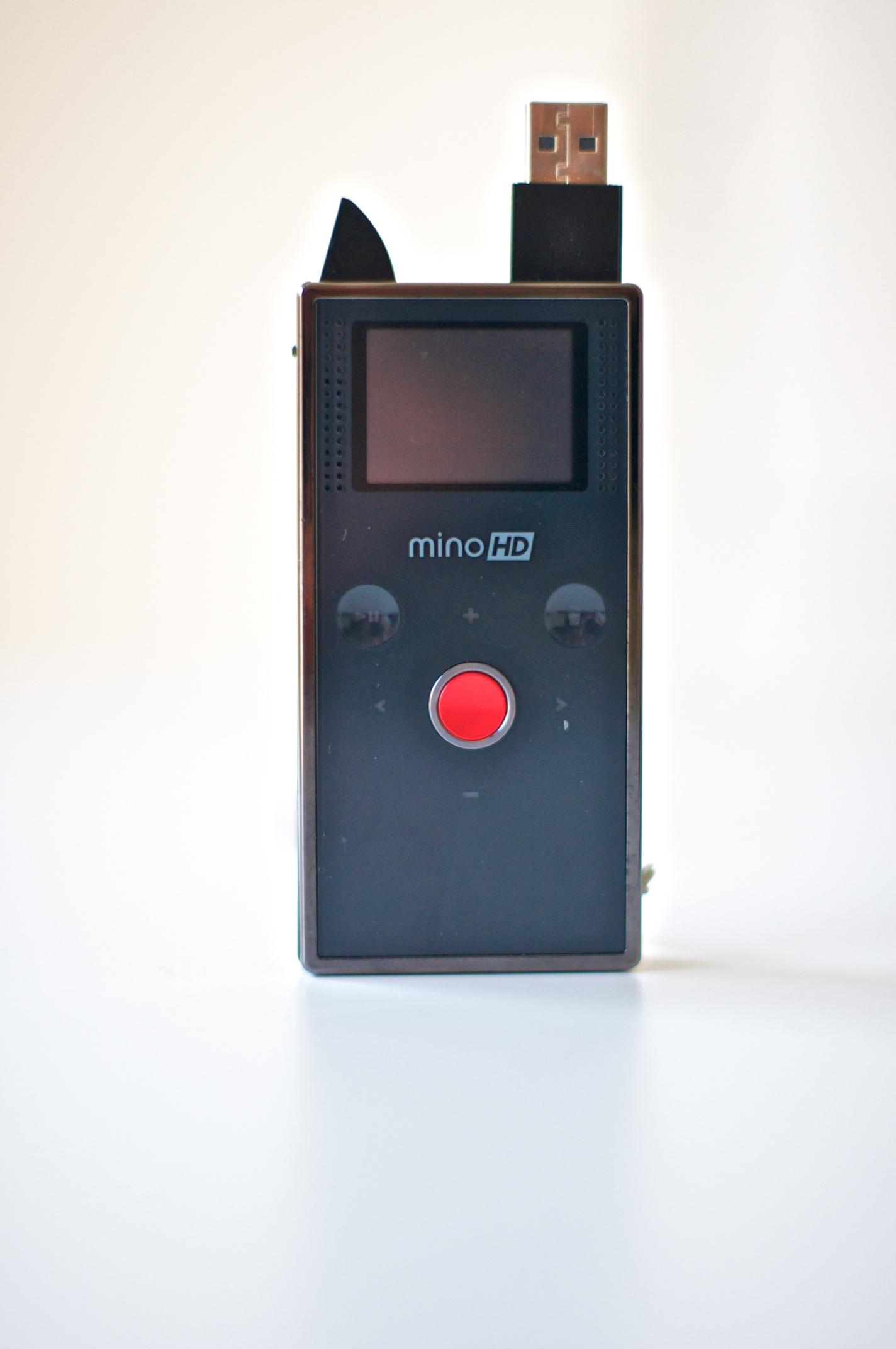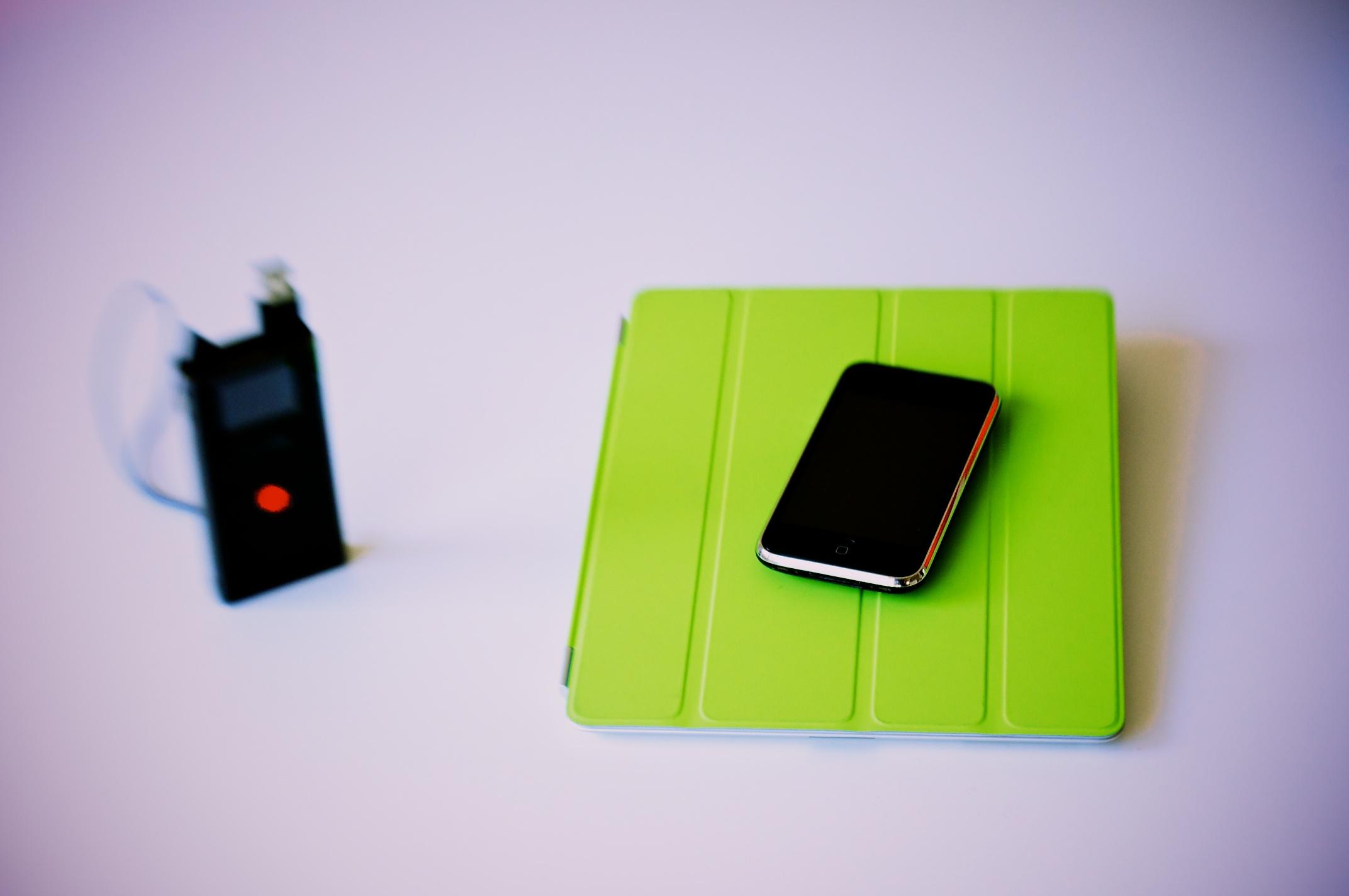Did you read the news the other day? Cisco is shutting down it’s Flip business unit. I was a bit stunned. They had just bought them for around 590 million USD two years ago. The first Flip hit the markets less than four years ago (2007). And it was (and still is!) a huge success. In his book ‘The Innovation Secrets of Steve Jobs‘, Carmine Gallo states:
“The Flip changed everything. From 2008 to 2009, the video camcorder market grew by 35 percent. Flip products represented 90 percent of the growth.”
What is going on and what can we learn from this story?
THE FLIP

In case you don’t know the Flip: it is the simplest camcorder available in the market. Its inventors took a highly complex product (that was probably collecting dust in the camera bags of millions of people) and made it super simple and easy to use. The Flip only has a few simple buttons and even a kid can learn how to use it in under a minute. The quality of the recordings is excellent for most situations. This simplicity lowered the barrier to shoot high quality video and people starting buying and actually using the Flip everywhere. The Flip has been ranked as one of the bestselling items on Amazon for a long time. I am personally sad to see Cisco shut down this business. But I believe that there are three lessons we can all learn.
EMBRACE SPEED
This story is an excellent reminder of how quickly things can change these days. Product lifecycles are getting shorter and shorter. It supposedly took the radio over 38 years to reach 50 million users. The iPod did that in just about three years. A different camcorder I bought just four years ago now has a market value of roughly 5 Euros on eBay. Businesses need to embrace this speed. They need to be prepared to deal with this. Complacency is no longer viable. What worked yesterday doesn’t have to work tomorrow.
STAYING ALERT AND AGILE

The other lesson of the Flip is that all businesses need to stay on their toes. Competition for products and services can come from completely unexpected areas other than our traditional competitors. The Flip for example was not threatened by the traditional camera manufacturers like Canon or Panasonic. No, the biggest competitor is/ was the smart phone. Why bother with a Flip if you can use your iPhone to record decent video? And the smart phones threaten some other product categories as well. Just like Cisco, the traditional GPS producers have been trying to figure out how to compete in this new smart phone world. Traditional media like TV stations and newspapers are now facing severe competition from Twitter, blogs etc.. In other words, we all need to stay agile and aware. We also need to encourage our organizations to keep innovating. If we stop doing that we will most likely loose out. If you look at some of the successful businesses these days, you will find that most of these are known for its agility and innovation: Apple, Gore, Google to just name a few.
DECISION MAKING

But the biggest lesson for me here is that all companies need to get better at decision making. It is easy to believe that the smart phones have pushed the Flip out. But as of today (April 19th, 2011) the Flip is still one of the top-selling products today. No, there must be more to it. The reason for Cisco’s decision is probably caused by either a wrong decision they made two years ago or by a sound forward-looking decision they made last week. Many people were surprised when Cisco announced the acquisition of Flip. It just didn’t seem to fit into their portfolio and the smart phone market with integrated video was just taking off. This raises the question whether Cisco really went through the proper decision cycle including a thorough market analysis and also proper scenarios techniques. But another way to look at this is that Cisco might be really good at making decisions: the Flip is still selling well but the outlook of small camcorders being replaced by better smart phones is on the wall. Either way, given today’s rate of change it is ever more critical for all businesses to have situational awareness (how are we doing and why?) and to have the ability to think and plan ahead. Business Analytics help us make those critical business decisions.
RIP FLIP
Too bad about the Flip. I love it and still use it frequently despite my iPhone. Lessons learned here: Embrace the speed; stay agile & creative. But most importantly: let’s get better at making sound business decisions. Cisco spent 590M USD on this specific decision. Too bad!
